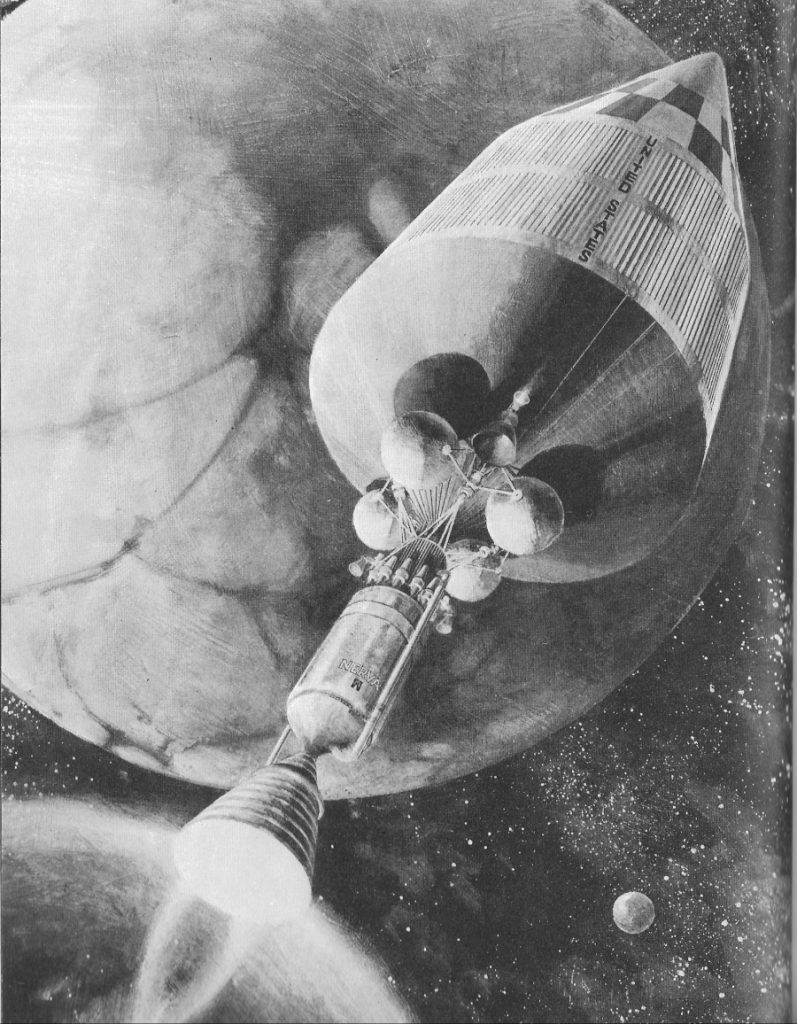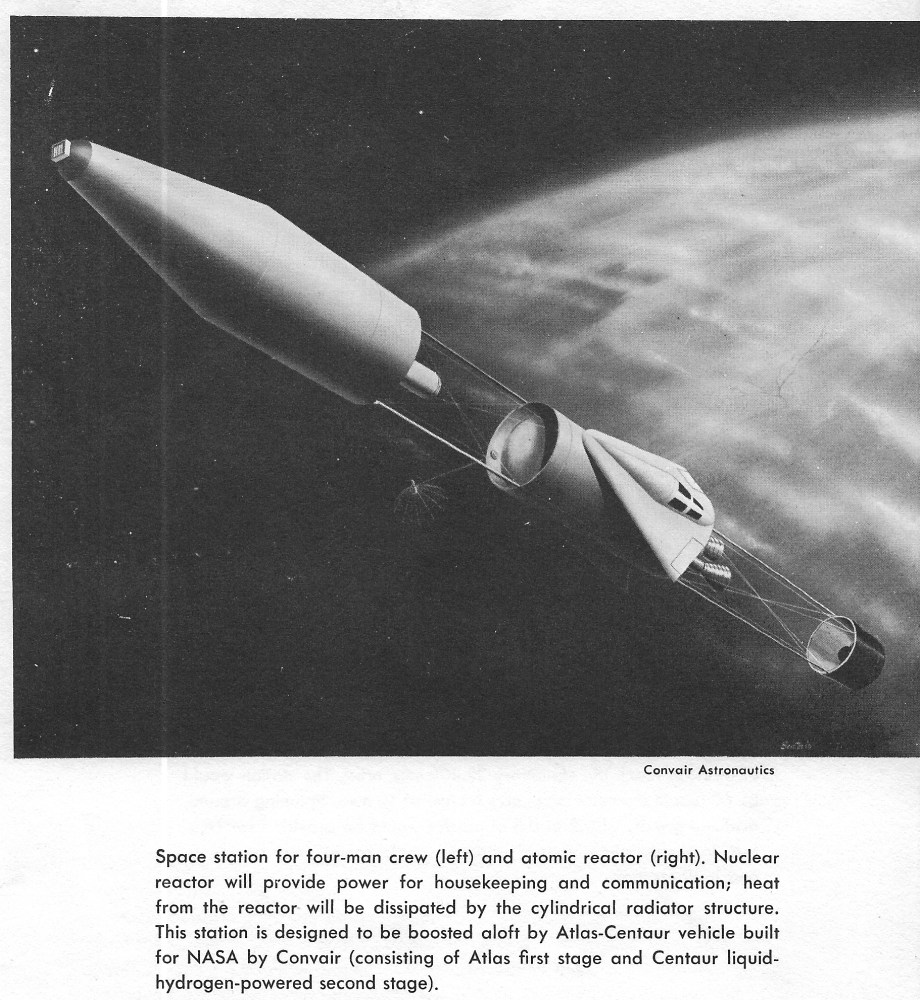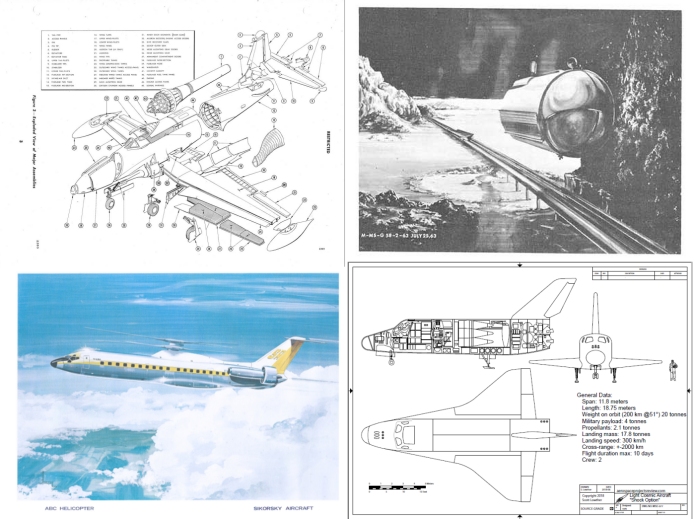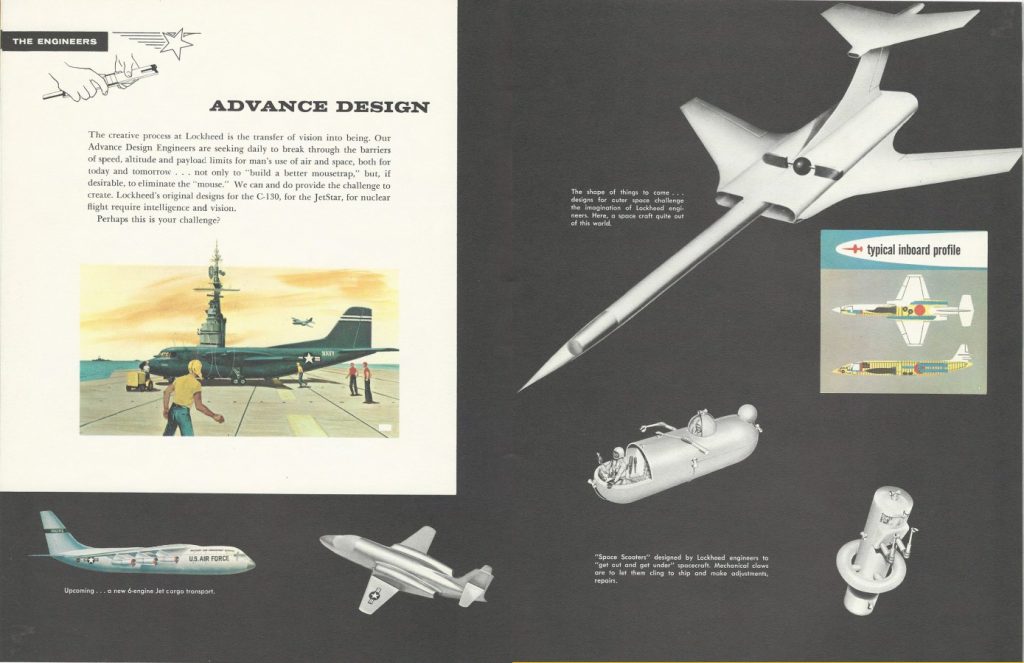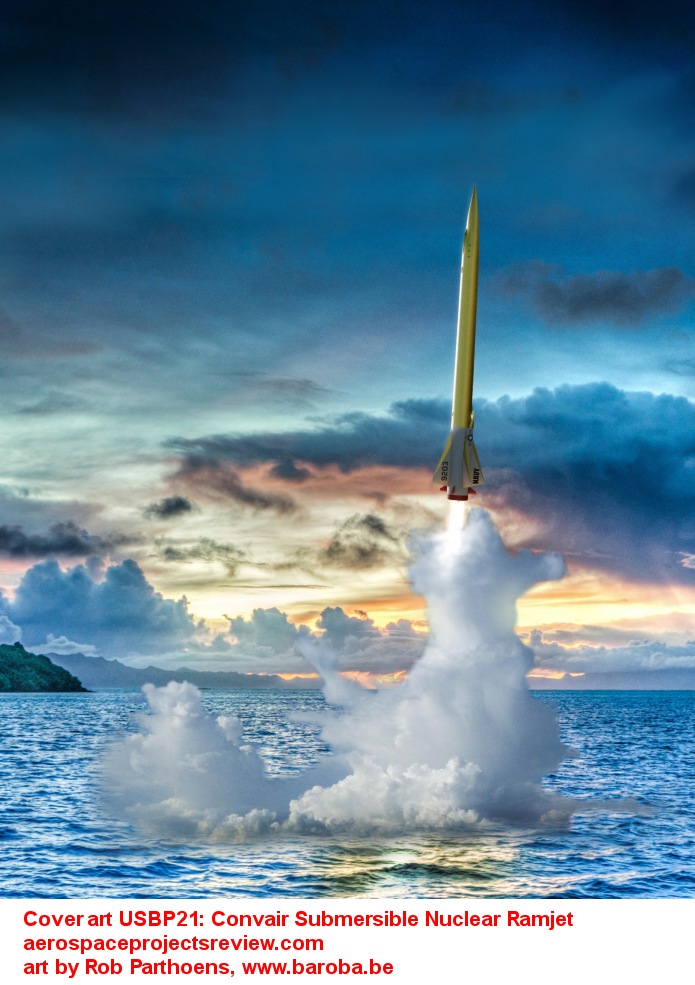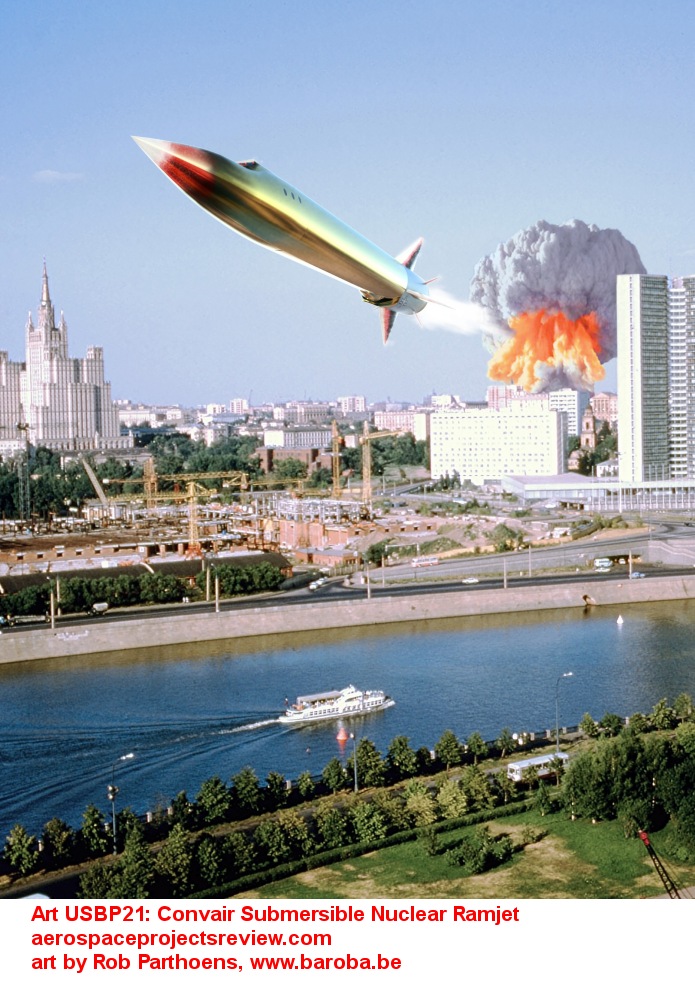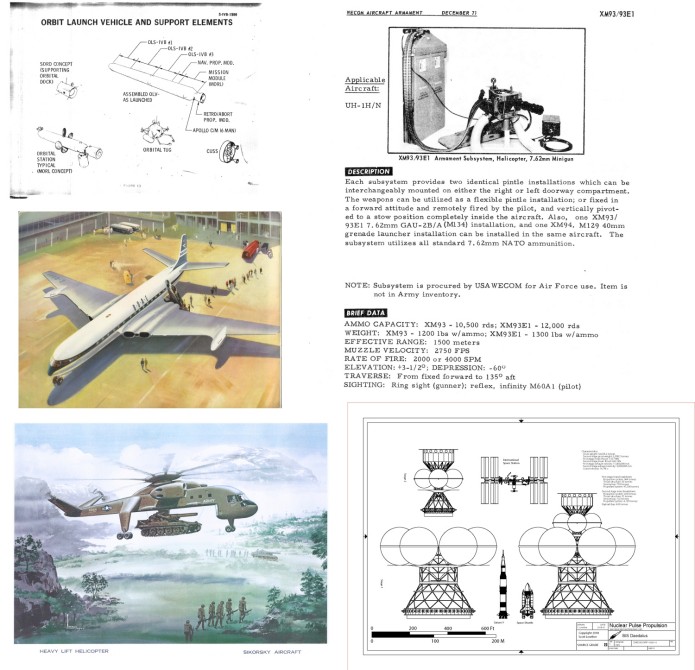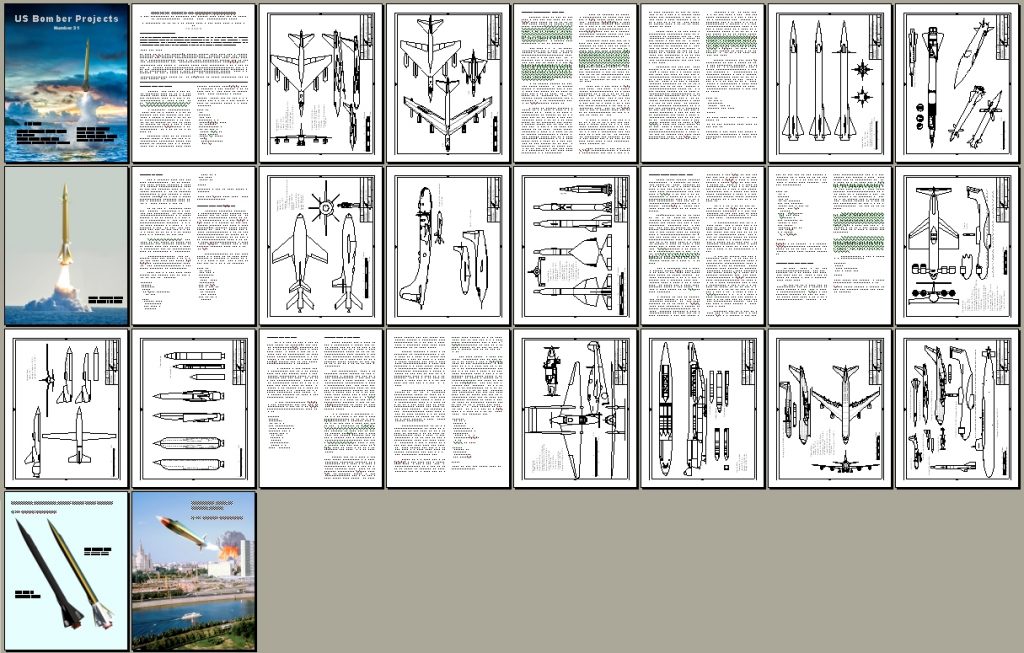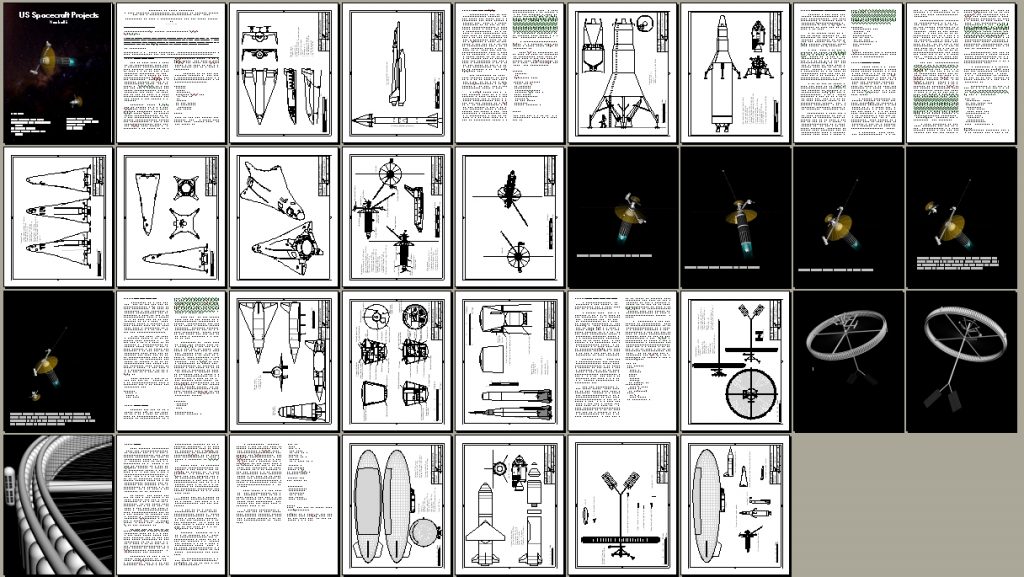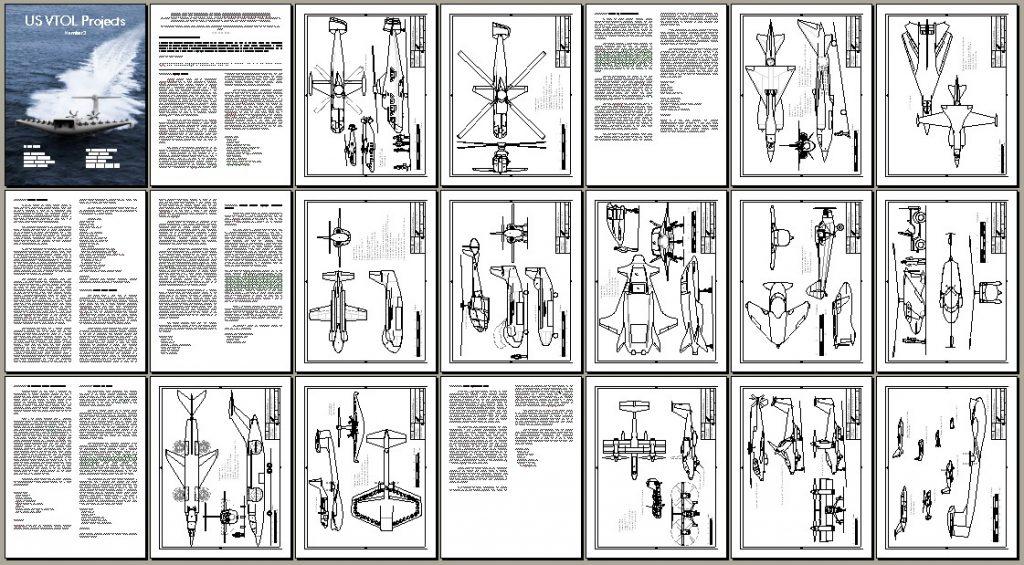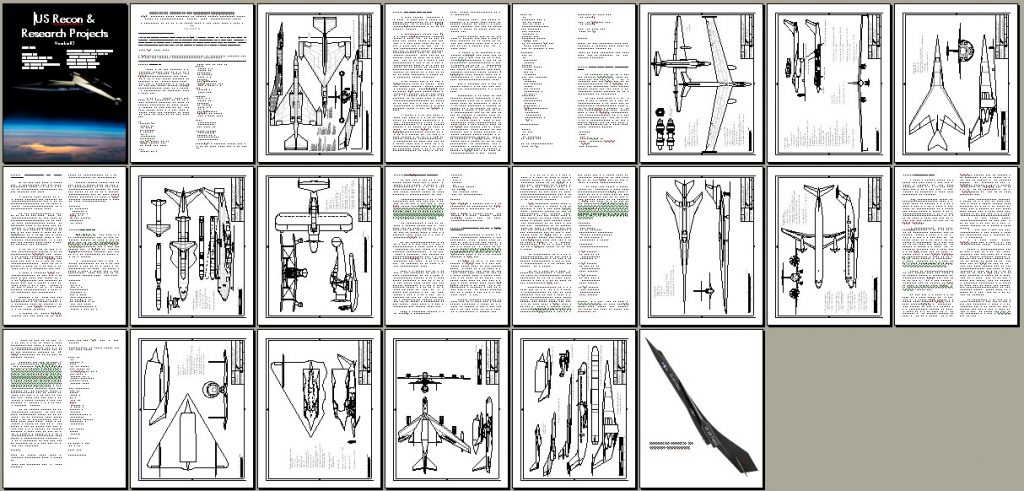A piece of Aerojet artwork depicting the NERVA nuclear rocket engine heading to Mars. This is almost certainly artistic license as the vehicle depicted here is a single stumpy upper stage with an aerodynamic fairing. This is mot likely a RIFT (Reactor In Flight Test) configuration, a simple expendable upper stage test configuration meant to be launched atop a Saturn V to prove out the engine.
…for extracting water from rocks on the moon. This dates from 1963-65 and was part of a North American Aviation study relate to post-Apollo lunar exploration… which at the time was fully expected. The LESA (Lunar exploration Systems for Apollo) program would land habitats on the moon for extended exploration; the later phases of the LESA program were expected to occur in the late 1970.s The conclusion was that solar was preferred for the earliest phases, transitioning to nuclear. Basically, either system would cook rocks till the water came out as a thin vapor, which would be collected.
In the more than fifty years since this came out, the technologies involved haven’t changed a whole lot, especially solar: it remains a mirror and sunlight. Nukes should – hopefully – have improved. So it might still be a bit of a tossup on the moon; of course, any long-term lunar exploration is going to need nukes anyway for the simple reason that two weeks of night is a *real* long time if your base is solar powered. Going further out – asteroids, outer planet moons, comets and such – the math increasingly works in nuclears favor. But then, what’s needed is power, and mirrors in microgravity can be made extremely large.
It’s an interesting report. If not for the technology and techniques described, then for the basic worldview that suggested to engineers more than half a century ago that they’d soon have to crack water out of lunar rocks.
A Study of the Feasibility of Using Nuclear Versus Solar Power in Water Extraction from Rocks.
Direct PDF download link.
Help support the APR Patreon.
This video, while being in somewhat poor condition, having a giant watermark splashed on it and having what seems to be added sounded effects, is just plain interesting, showing the effects upon two QF-80 drones flying not far above a 1955 nuclear test. Both drones were equipped with film cameras in the cockpits that looked aft, so you can see how the horizontal stabilizers fared; the first shows the mushroom cloud rapidly rising behind the aircraft. This is a somewhat impressive shot.
In just under the wire for June, 2018 are the rewards for APR Patreon patrons. Included this month:
- A sizable January, 1945 technical description of the YP-80 “Shooting Star” by Lockheed. 300 or so pages, filled with illustrations of the aircraft and components.
- “On The Utility of the Moon in Space Transportation: the Lunatron Concept.” A 1963 NASA concept for using an electromagnetic accelerator to hurl payloads from the lunar surface onto high energy trajectories, up to solar system escape.
- A scan of a large-format Sikorsky lithograph of an ABC (advancing blade concept) VTOL airliner (basically a 727 fuselage turned into a high-speed helicopter).
- An all-new CAD diagram of the Soviet Chelomei LKS spaceplane with an inboard profile showing the military (nuclear bombardment) payload. The first in a series on the LKS.
If you are interested in helping to preserve (and get copies of) this sort of thing, consider signing up for the APR Patreon.
In 1959 Lockheed printed up a self-promotion booklet to sell to new and prospective employees the advantages of their Georgia facility. It includes a lot of photos showing the joys of working in the deep south in the era before universal adoption of air conditioning while wearing three piece suits and ties, as well as photos and art of the various facilities, aircraft and projects then at work at Lockheed-Georgia.
I have posted the full-rez scan of the booklet, available to $10+ APR Patreon patrons. If this sort of thing is of interest, please consider signing up for the APR Patreon.
Artwork was created for USBP 21 by Rob Parthoens depicting the Convair Submersible Nuclear Ramjet launching vertically from the ocean. This is approximately the craziest design for a manned aircraft I’ve seen from the post-war period.
Be sure to check out US Bomber Projects issue 21 to read more about this design.
Artwork was created for USBP 21 by Rob Parthoens depicting the Convair Submersible Nuclear Ramjet paying a visit to 1970’s-era Moscow. If you think that this looks like Project Pluto, you’re not far off; this was also a Mach 4, treetop-level nuclear ramjet powered bomber. But there were a few minor differences. Notice that little bump above the nose? That’s the cockpit, a necessary addition because this design was manned. It was also designed to operate as a submarine, cruising the oceans of the world faster than 100 knots before launching upwards and taking flight. Because the 1950’s were rather more optimistic when it came to technological advancement.
Be sure to check out US Bomber Projects issue 21 to read more about this design.
Rewards have been issued to APR Patreon patrons for April, 2018. This month, the “Diagram” is a Sikorsky lithograph of a Heavy Lift Helicopter concept. The Documents include a US Army catalog of airborne weaponry; a paper describing possible additional missions for the Saturn launch vehicles, and BOAC brochure extolling the virtues of the Comet 4 jetliner. The CAD diagram is of the British Interplanetary Society’s “Deadalus” starship design.
If you are interested in helping to preserve (and get copies of) this sort of thing, consider signing up for the APR Patreon.
US Bomber Projects #21 and Spacecraft Projects #05 are now available.
US Bomber Projects #21
Cover art was provided by Rob Parthoens, www.baroba.be
US Bomber Projects #21 is now available (see HERE for the entire series). Issue #21 includes:
- Convair Submersible Nuclear Ramjet: a Mach 4 manned nuclear powered flying submarine
- Bell MX-776: an early post-war pilotless airplane
- Convair Manned Flyback Atlas: an unconventional recoverable ICBM
- DTNSRDC PAR-WIG Strategic Deterrent: a low-flying aircraft packing 4 Trident ballistic missiles
- Boeing Model 464-197: a supersonic B-52
- Martin Model 151-K: a pre-war twin-engined medium bomber
- Boeing Cruise Ballistic Missile: an entire aircraft packed into a silo, carrying an ICBM
- MC-747 Air Mobile System: a 1973 concept for carrying up to seven ICBMs in a modified cargo jet
USBP #21 can be downloaded as a PDF file for only $4.25:
——–
US Spacecraft Projects #5
US Spacecraft Projects #05 is now available (see HERE for the entire series). Issue #05 includes:
- Project HORIZON Lunar Lander: a late 1950’s US Army concept for a manned Lunar lander
- Lockheed-Martin Mars Ascent/Descent Vehicle: A very recent concept for a future manned Mars vehicle
- JPL Interstellar Precursor: a 970’s design for a space probe to interstellar space
- Lockheed Modular Rotating Space Station: a truly gigantic design circa 1970
- Lockheed Payload Carrier: an early 1960’s spaceplane for space station logistics
- Martin-Marietta Winged NIMF: a nuclear powered “hopper”
- Lockheed CL-414: a capsule for Man in Space Soonest
- NASA HAVOC: High Altitude Venus Operational Concept, a 2015 project for manned exploration of the atmosphere of Venus
USSP #05 can be downloaded as a PDF file for only $5.25:
——–
The previous releases of US Aerospace Projects:
US VTOL Projects #2
- SOS Interceptor: A US Navy Mach 3 aircraft with jettisonable wings
- Lockheed GL-224-3: A small battlefield surveillance and ground attack plane
- Phalanx Dragon MP-18: An unconventional small civilian transport
- Lockheed L-161-1: An early concept for a variable geometry roadable helicopter
- GE Supersonic V/STOL: A supersonic strike fighter with flip-out lift fans
- Convair ANP-VTOL: A nuclear-powered ground-effect craft of the Navy of unusual configuration
- Piasecki 16H-3: A compound helicopter for high speed passenger transport
- Boeing Vertol Model 147: A tilt-wing close support fire support design for the US Army
USVP #2 can be downloaded as a PDF file for only $4.25:
——–
US Research & Recon Projects #2
- Lockheed A-1: The first true design leading to the SR-71
- Bell MX-2147 Model 105: The high altitude “X-16”
- Boeing/CRC/AMROC X-34 Reference Configuration: A reusable launcher test vehicle
- Martin Model 159: A scout/observation float plane
- NASA-Langley Low-Boom Demonstrator: a recent design to demonstrate quiet SST tech
- McDonnell-Douglas DC-9 Super 80 Propfan Configuration 1: A fuel efficient transport demo
- Convair “HAZEL” MC-10: An inflatable Mach 3 plane for the Navy
- Republic Manned Hypersonic Reconnaissance Vehicle: an early scramjet concept
USRP #2 can be downloaded as a PDF file for only $4.25:
——–
